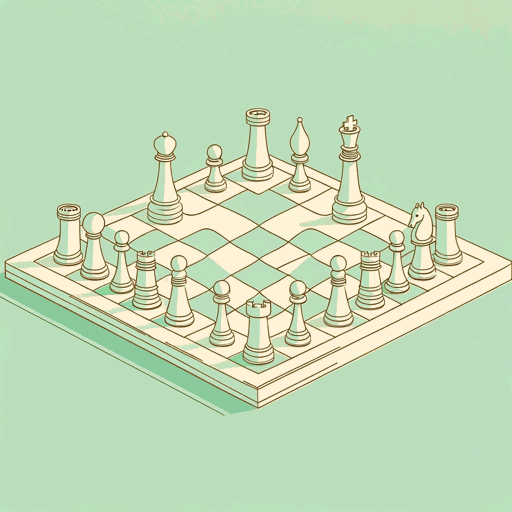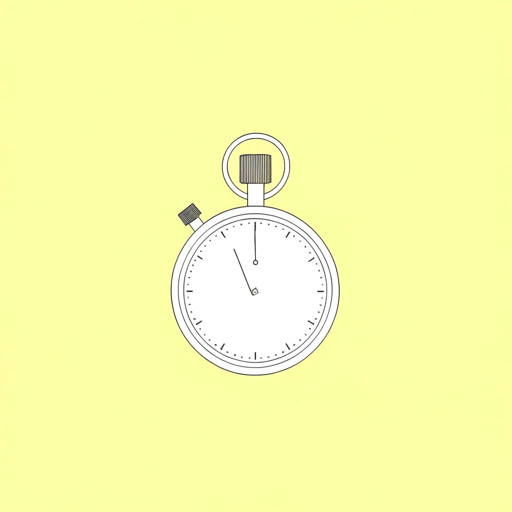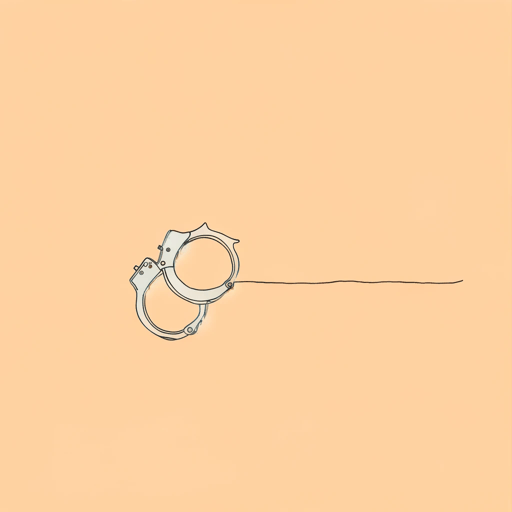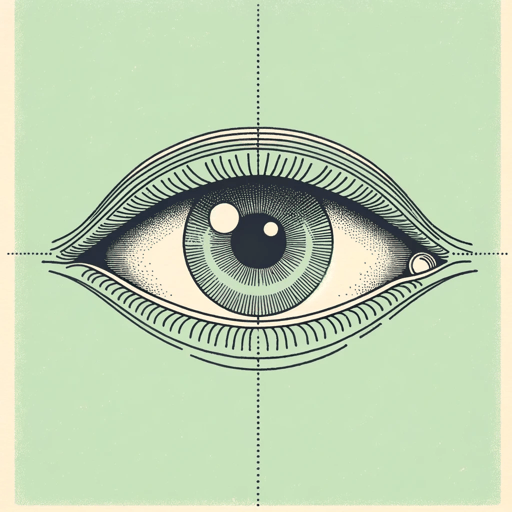85 pages • 2 hours read
Malcolm GladwellBlink: The Power of Thinking Without Thinking
Nonfiction | Book | Adult | Published in 2005A modern alternative to SparkNotes and CliffsNotes, SuperSummary offers high-quality Study Guides with detailed chapter summaries and analysis of major themes, characters, and more. For select classroom titles, we also provide Teaching Guides with discussion and quiz questions to prompt student engagement.
Answer Key
Introduction-Chapter 2
Reading Check
1. A Greek sculpture of a nude male (Introduction)
2. $10 million (Introduction)
3. 14 months (Introduction)
4. John Gottman (Chapter 1)
5. Five to one (Chapter 1)
6. The style and/or cadence of the operators’ clicks (Chapter 1)
7. Default on a serve (Chapter 2)
8. He gets a queasy stomach or feels “off balance.” (Chapter 2)
9. The ventromedial prefrontal cortex (Chapter 2)
Short Answer
1. Scientists provided their subjects with four card decks (two red, two blue) and asked them to play various games. It turned out that the red decks tended to lose, while the blue decks tended to win. Subjects declared a preference for the blue deck after about 50 cards; but it took only 10 cards for subjects to instinctively understand how the game worked. Thus, this experiment demonstrated that people tend to form intuition/instincts relatively quickly, even before their forming a conscious preference/opinion. (Introduction)
2. Blink has three purposes: (1) to demonstrate the power of snap judgments, (2) to show how they can go astray, and (3) to demonstrate how they can be enhanced.
Related Titles
By Malcolm Gladwell

David and Goliath: Underdogs, Misfits, and the Art of Battling Giants
Malcolm Gladwell

Outliers
Malcolm Gladwell

Talking to Strangers: What We Should Know About the People We Don’t Know
Malcolm Gladwell

The Bomber Mafia: A Dream, a Temptation, and the Longest Night of the Second World War
Malcolm Gladwell

The Tipping Point: How Little Things Can Make a Big Difference
Malcolm Gladwell

What the Dog Saw: And Other Adventures
Malcolm Gladwell

